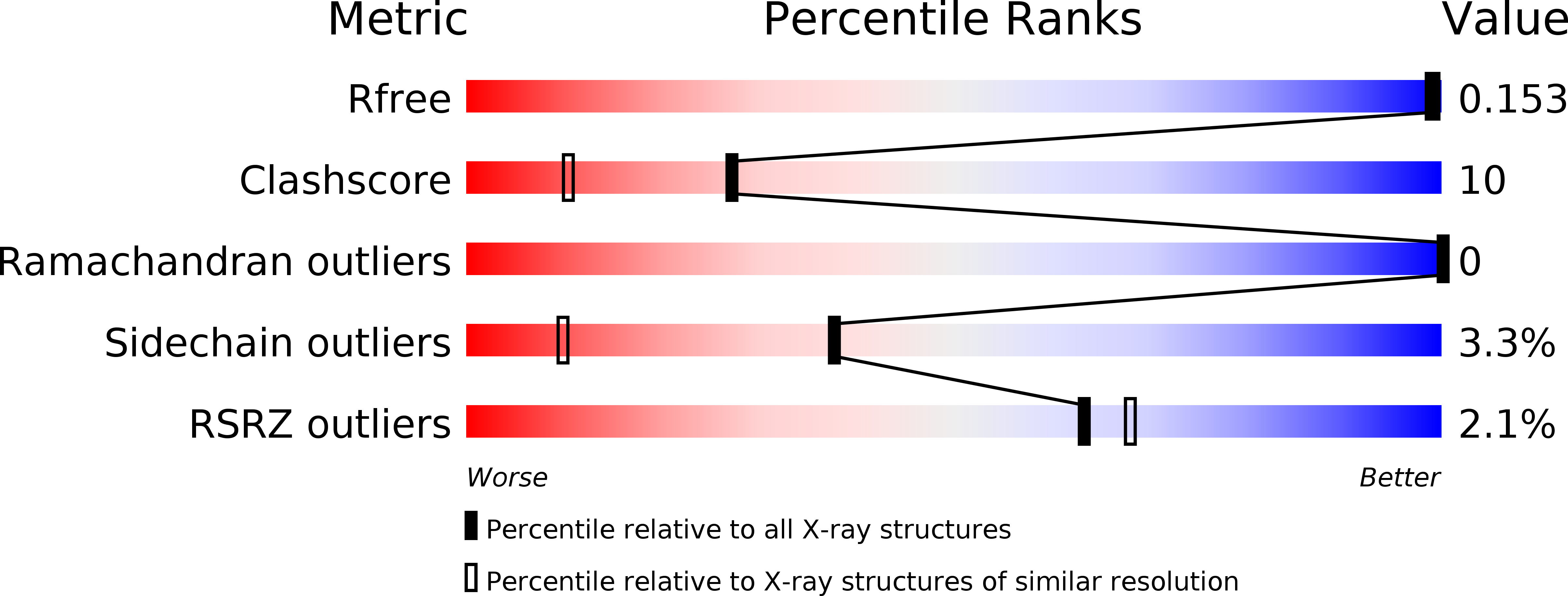
Deposition Date
2002-05-06
Release Date
2002-05-13
Last Version Date
2023-08-16
Entry Detail
PDB ID:
1LO7
Keywords:
Title:
X-ray structure of 4-Hydroxybenzoyl CoA Thioesterase complexed with 4-hydroxyphenacyl CoA
Biological Source:
Source Organism:
Pseudomonas sp. CBS3 (Taxon ID: 72586)
Host Organism:
Method Details:
Experimental Method:
Resolution:
1.50 Å
R-Value Free:
0.19
R-Value Work:
0.16
R-Value Observed:
0.16
Space Group:
I 2 2 2


